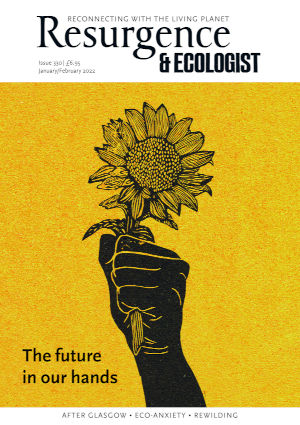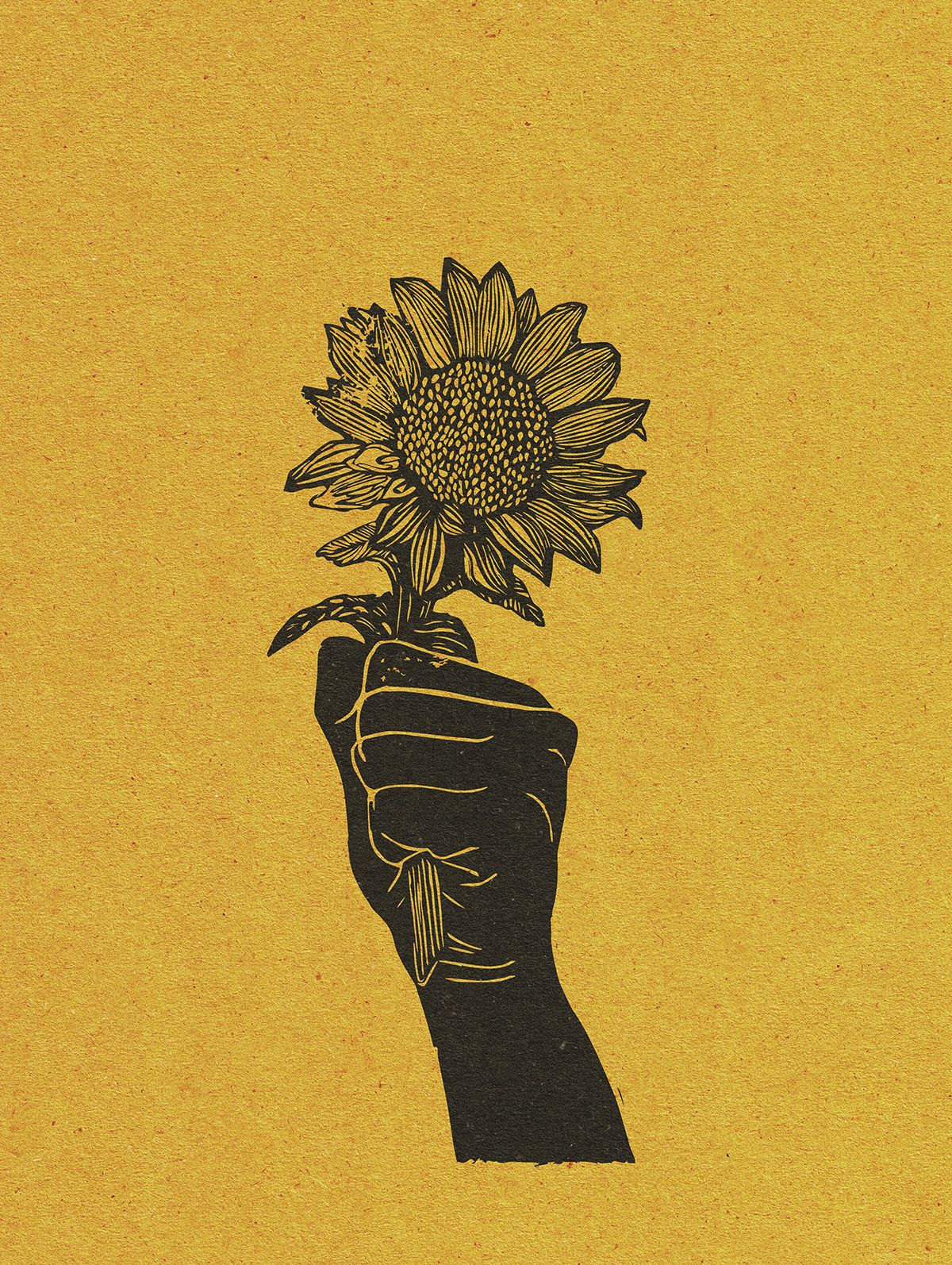In the face of the inaction and greed of global leaders, what hope do we have for a future world kept within 1.5°C of warming? One answer was made particularly stark to me recently as I was standing on the edge of Govan Graving Docks looking out at Glasgow’s darkening cityscape reflected in the River Clyde. Just over the water, in the Blue Zone, global leaders massaged temples during the 26th Conference of Parties. It was Thursday afternoon, the day before the meeting was scheduled to close, but hopes of an agreement to limit global warming felt very far away.
Behind me were the ruins of an old pumping house, a ghost of Glasgow’s immense shipbuilding industry. Built in the mid-19th century to repair ships, the dry docks have remained derelict since they were closed over 30 years ago. Today’s Govan is a world away from its industrial past, with high unemployment and serious levels of poverty. Now home to shrubby trees and crumpled lager cans, the site had been eyed up for development into luxury flats but is now being slowly transformed into a wetland ecosystem to store carbon and rehabilitate the soil. This ecological transformation is a project of Blue Green Glasgow, a community interest company affiliated with the Blue Green Carbon programme, which combines restoration work with carbon offsetting.
A little further upstream, a light show dominated the skyline – a 70-metre-long LED installation flashing the message ‘No New Worlds’ across the water. Docked nearby (many suspected strategically), the steamboat TS Queen Mary blocked the view of the sculpture from visitors to the Green Zone, where the COP’s corporate sponsors paraded their wares to the public.
As the sky darkened, the docks felt like a conduit of conflict – from issues of class, the legacy of our imperial past, and the struggle for equality versus corporate interests, to the war on Nature. Then the low hum of city noise was suddenly broken as a wren sprang out of a nearby buddleia and started to sing. The tiny bird, common in Britain though often unseen because of its size and subterranean habits, filled the gloaming with its voice – a powerful, fizzing lust for life.
On the other side of the wide, flowing river, leaders were concluding an agreement that would fail to challenge the rise in global emissions. So, what next? Like the wren, we have a voice and a desire to live. In the global north, we can acknowledge the connections and conflicts that construct the platforms we stand on, and give space for others in the global south to tell their stories. In her speech to a crowd of an estimated 100,000 people in Glasgow in the run-up to the COP, Ugandan climate activist Vanessa Nakate said: “We remain hopeful because another world is possible. Together, we can make this happen. Strength and hope is our way forward.”
In this issue of Resurgence & Ecologist, Jonathan Neale asks, “What next after COP26?” and urges the need to build mass movements to keep global temperatures below 1.5°C. Photojournalist Chris Trinh takes us to Minnesota, where Indigenous activists are protesting the Line 3 oil pipeline. Back in the UK, Laurie King and Katie Hodgetts explore how young people are finding ways to cope with eco-anxiety. In our themed section, we discuss rewilding – and what it means for farming, culture and ecosystems.
We are pleased to announce some changes to the magazine. Following the success of our Living Cities issue, the section Connected Life is here to stay. And our Ecologist section now brings the magazine and the work of our colleagues at theecologist.org closer together.
As always, I hope this issue brings you strength and hope.








